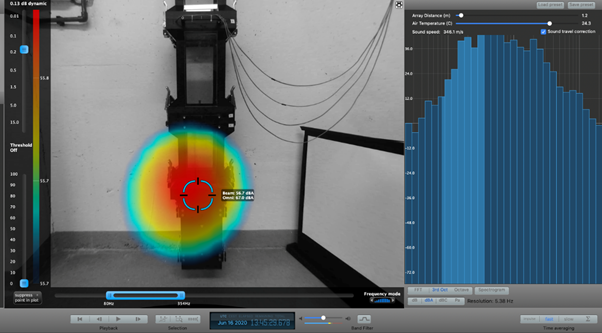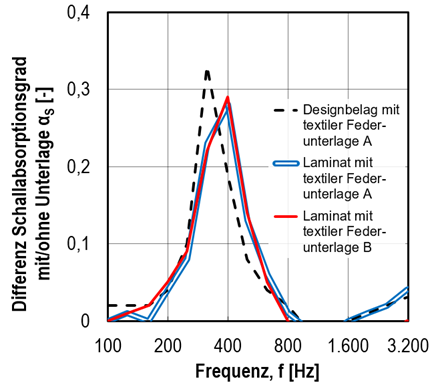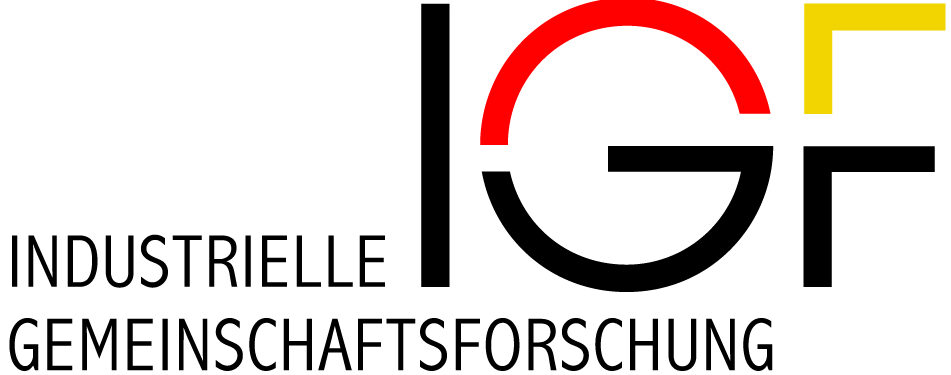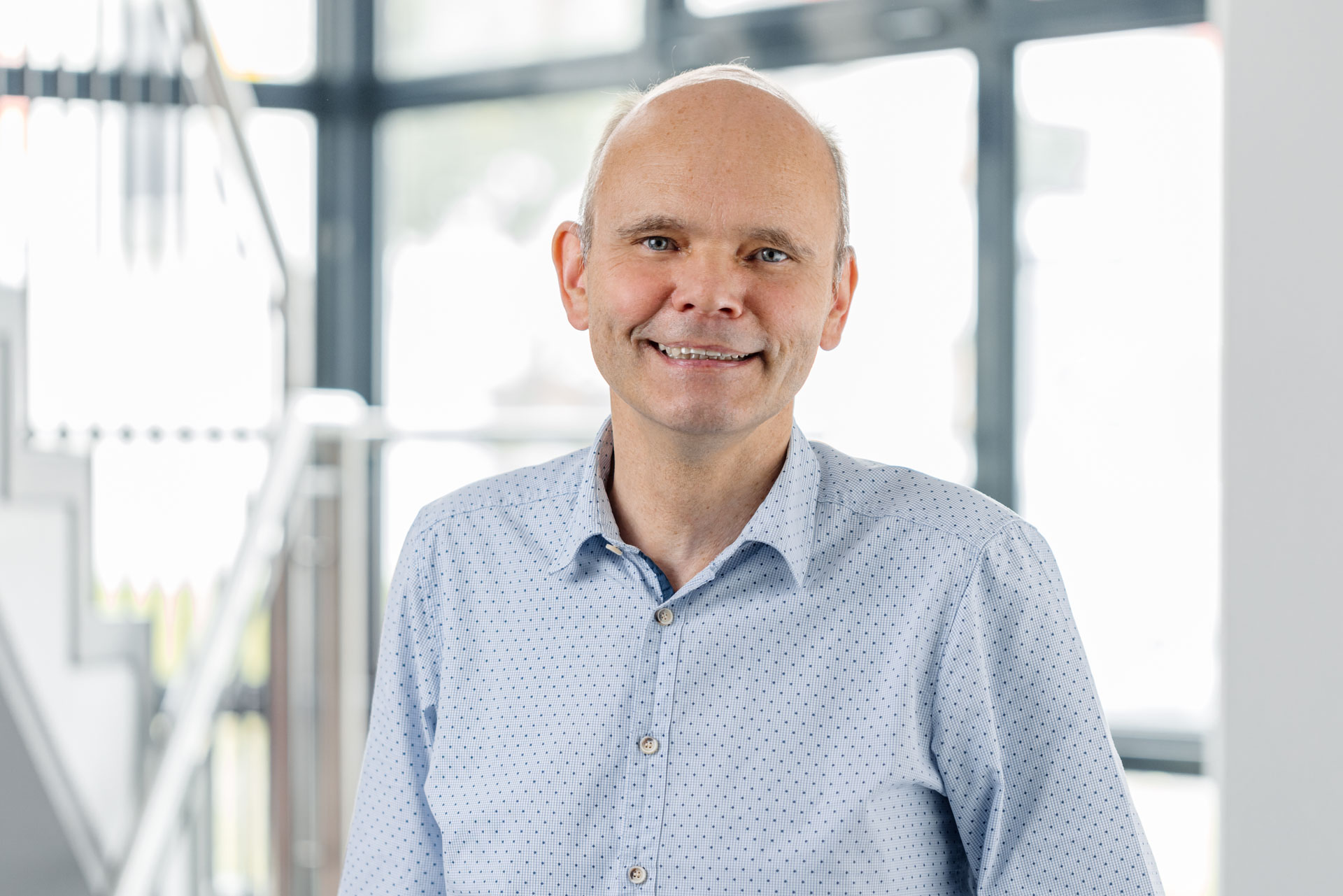Project
Textile spring system - Improvement of room acoustics by activating floor coverings as resonance absorbers with textile spring systems
The aim of the research project was to acoustically activate a smooth floor covering, such as a designer floor covering, in order to improve the room acoustics in the speech frequency range. For this purpose, several resonance frequencies were to be realized in this frequency range by means of a substructure with various coordinated dynamic spring stiffnesses according to the principle of the plate resonator.
The approach of this research project was to implement this sophisticated spring system using a tufted textile structure. In addition to different spring stiffnesses, a support structure was also realized in order to meet the mechanical requirements of the smooth floor covering. The support structure was implemented using the wide range of patterning options offered by tufting technology.
New testing technology visualizes acoustic properties:
As part of the project, an acoustic camera was also purchased for the TFI. This was used to visualize the spatial resolution and the influence of furniture on the behaviour of the resonance absorber.
The image shows an example of an image from the acoustic camera in which a measurement was taken in the impedance tube. The coloured dot visualizes the area of sound reflection on the plane of the sample. The bar chart in the right half of the image shows the sound intensity as a function of frequency (one-third octave bands) for the point marked in the crosshairs (left half of the image).

Results:
In addition to laboratory tests on small-format samples (20 cm x 20 cm), measurements were carried out in the reverberation chamber on an area of 12 m². All measurements showed the characteristic curve of a resonance absorber with a pronounced, narrow maximum. They thus confirmed the approach of the research project. In the further course of the project, the effective frequency range of the resonance absorber was extended by a second, tuned spring structure.
The figure shows the sound absorption coefficient vs. frequency. In each case, the difference between measurements of different floor coverings with and without a textile spring carpet pad is shown. In the case of the laminate, the behavior of two different textile underlays was also investigated.

Funding program and project number
IGF 20728 N/1


The final report is available in the TFI publication series 2021/117.
Duration
01.06.2019 – 31.05.2021
PrintProject partners and/or other research institutes
Acknowledgement
The IGF project “Improvement of room acoustics by activating floor coverings as resonance absorbers with textile spring systems (Textile Spring System)” IGF 20728 N/1 of the Research Association Forschungskuratorium Textil e.V., Reinhardtstraße 14 – 16, 10117 Berlin was funded by the Federal Ministry of Economic Affairs and Climate Action via the AiF within the framework of the program for the promotion of joint industrial research and development (IGF) on the basis of a decision by the German Bundestag.

